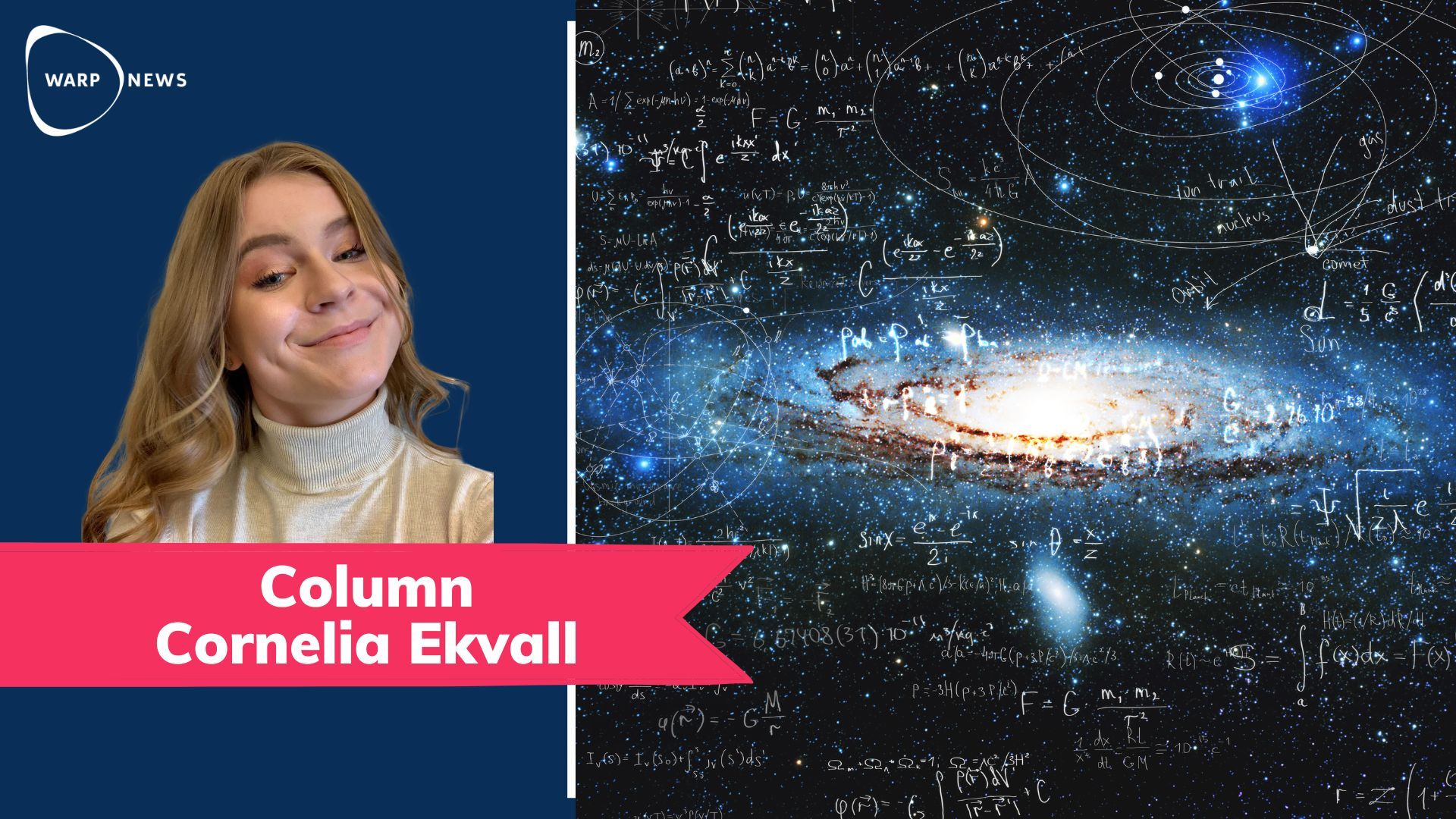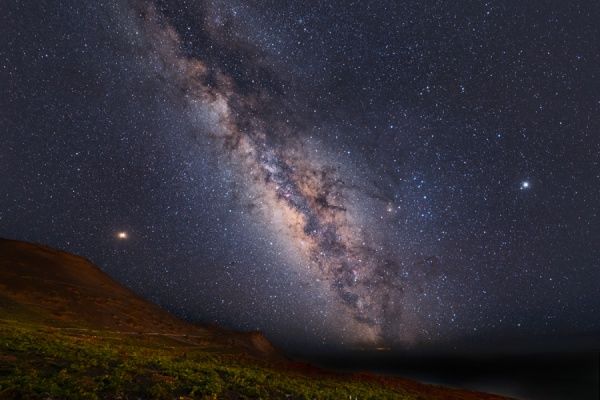
💕 Quantum physics and love
In the same way that we feel a bond with a person we love on the other side of the world, the capacity of one particle can affect another particle, regardless of distance.
Share this story!
When we drove up winding roads on the island of La Palma one evening, we were greeted by the most beautiful starry sky I have ever seen. Directly above us, the Milky Way stretched like a narrow blanket across the sky and millions of stars shone with their presence. Excitement and curiosity spread within me. What actually exists beyond our own galaxy?
I stood there, 2000 meters above sea level, and was reminded of my curiosity about space that was awakened when I was a child, and that it was precisely that curiosity that three years ago made me choose physics at university.

Beauty in chaos
Like most others, I took the opportunity to read during my summer vacation and I got hooked on Julia Ravini's book Skönheten i kaos (Beauty in Chaos). I have spent the last three years at Uppsala University studying courses in mathematics and physics. But the more courses I read, the more I realized that I don't understand the world.
In the first year, we read a lot about mechanics and solved simple systems, we calculated friction and moments of force and learned all the mathematical tools we could possibly need as a physicist.
But a turning point came when we were about to start reading the first quantum physics course. All of a sudden, at eight o'clock on a Monday morning, I was sitting and staring blindly at blackboards with characters similar to those that are usually included when a scientist is portrayed in a film.

Two places at the same time
Quantum physics opened new doors – all of a sudden there were endless possibilities. Ravini writes about how difficult it is to get an intuition for what quantum physics actually is and I can't help but agree. One of the most astonishing conclusions of quantum physics is that a particle can be in two places at the same time, until we measure either its position or velocity (or momentum). I remember not really understanding what the lecturer was talking about when she brought this up, but I wrote it down in my notebook.
Now, reading Ravini's book, I was reminded of the phenomenon. What made me think differently was that she draws a parallel to something we all can experience, or I experience almost every day. In our hearts, we can be on the way to two different goals at the same time - we usually do not choose an easy path. Our dreams, our plans, our feelings, our anxiety, our joy, our sadness - yes, all that makes us human is rarely based on a single event or cause.
Like two electrons
To go back to physics, for example, quantum physics describes how particles such as electrons can be intertwined and that a measurement of one particle affects the properties of the other, something that, for example, Albert Einstein refused to believe. A feeling like love can give us a little intuition for the phenomenon. The bond we share with someone we love is not affected by the distance between us. The feeling is as real and tangible as an object in front of us. In the same way that we feel a bond with a person we love on the other side of the world, the property of one particle can affect another particle, regardless of distance.
Perhaps it is that life has more connections to physics than I previously realized and that insights into emotions can provide an intuition for physical phenomena that otherwise seem like magic.
Cornelia Ekvall
By becoming a premium supporter, you help in the creation and sharing of fact-based optimistic news all over the world.


